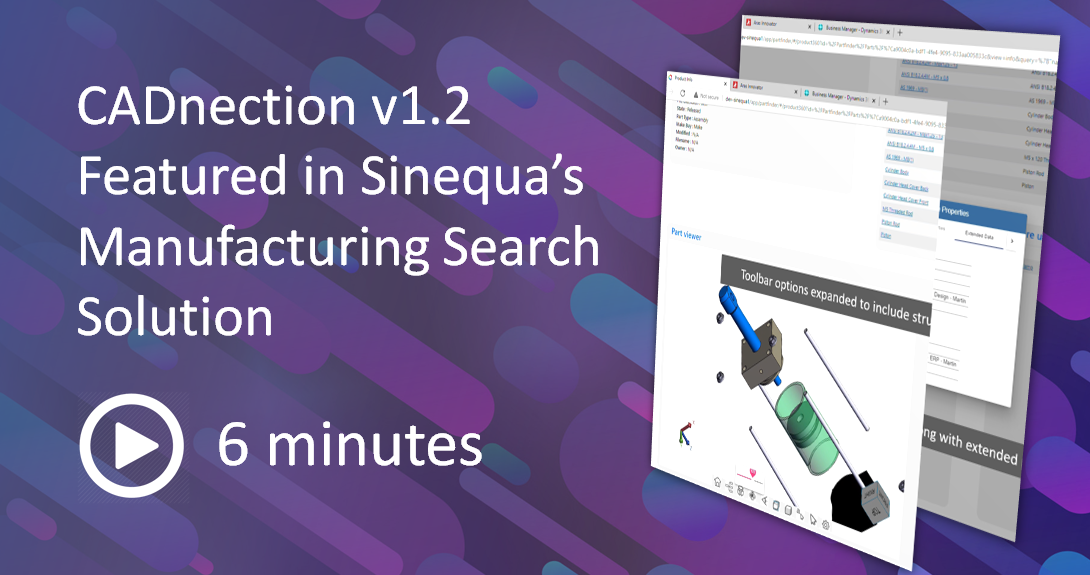How is an integration between OpenBOM and ERP established? Part 3 of a 3 Part Blog Series
/OpenBOM leverages Nexus as the “environment bonding” platform to exchange data with ERP and other enterprise platforms such as enterprise content management (ECM), manufacturing execution systems (MES), and maintenance, repair, and operations (MRO). Nexus is published by the vdR Group, Inc. and is a true SaaS platform facilitated by its no-code integration capabilities.
Read More








